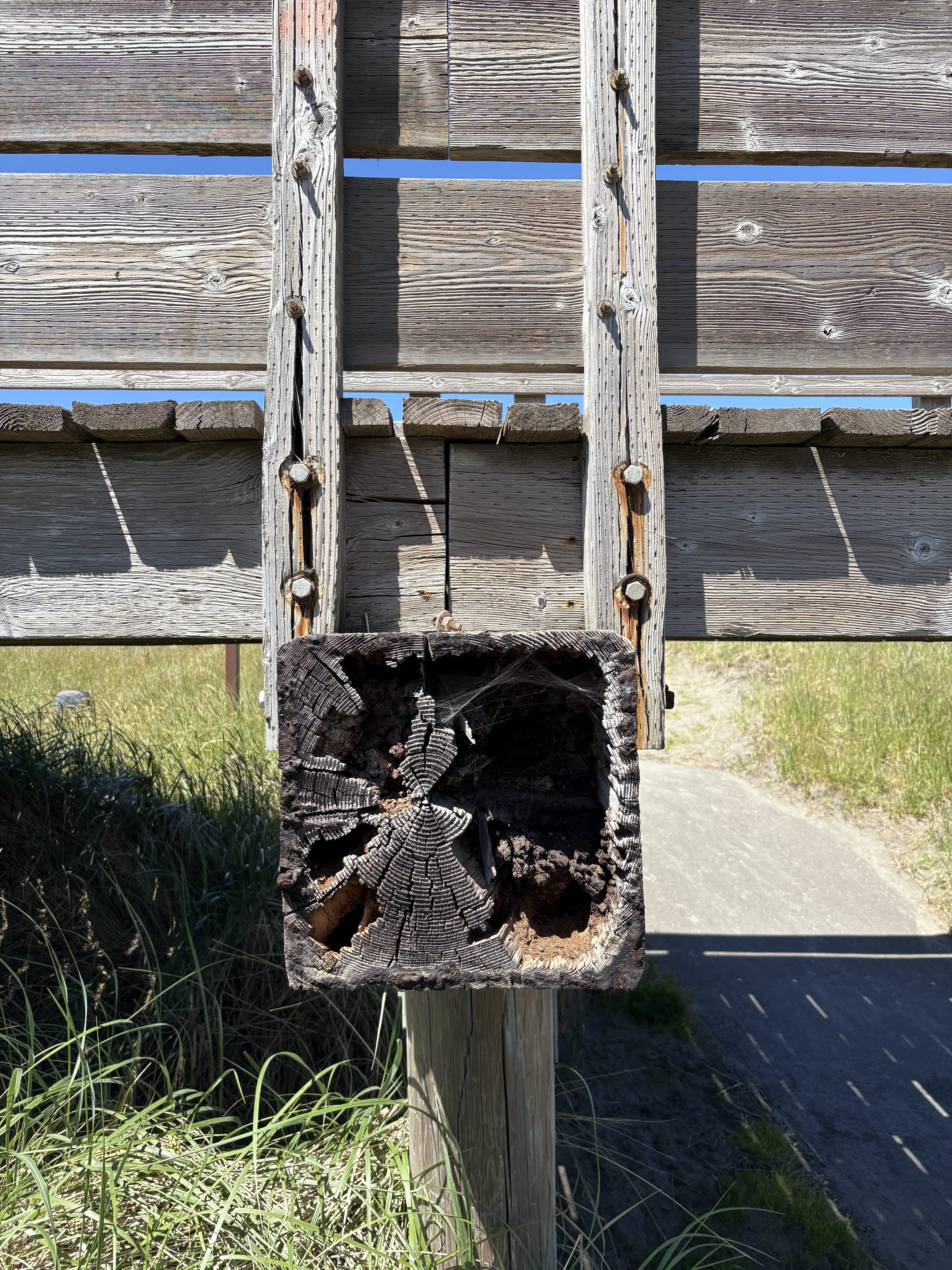County Corner: How to maintain your septic system
Published 4:00 pm Monday, December 23, 2002
(Part 1)
Trending
Septic systems are a very simple way to treat household wastewater and are easy to operate and maintain. Although homeowners must take a more active role in maintaining septic systems, once they learn how their systems work, it is easy for them to appreciate the importance of a few sound operation and maintenance practices. There are two main parts to the basic septic system: the septic tank and the drainfield.
The Septic Tank
Household wastewater first flows into the septic tank where it should stay for at least a day. In the tank heavy solids in the wastewater settle to the bottom forming a layer of sludge, and grease and light solids float to the top forming a layer of scum.
Trending
The sludge and scum remain in the tank where naturally occurring anaerobic bacteria (bacteria that can exist without oxygen) work to break them down. The bacteria cannot completely break down all of the sludge and scum, however, and this is why septic tanks need to be pumped periodically.
The separated wastewater in the middle layer of the tank is pushed out into the drainfield as more wastewater enters the septic tank from the house. If too much water is flushed into the septic tank in a short period of time, the wastewater flows out to the tank before it has had time to separate the solids. This can happen on days when water use is unusually high (laundry day, for example), or more often if the septic tank is too small for the needs of the household.
The Drainfield
When wastewater leaves a septic tank too soon, solids can be carried with it to the drainfield. Drainfields provide additional treatment for the wastewater by allowing it to trickle from a series of perforated pipes, through a layer of gravel, and down through the soil. The soil acts as a natural filter and contains aerobic bacteria (bacteria who need oxygen to survive) that help further treat the waste. Solids damage the drainfield by clogging the small holes in the drainfield pipes and the surrounding gravel, and excess water strains the system unnecessarily.
How to care for your system
Septic system maintenance is often compared to automobile maintenance because only a little effort on a regular basis can save a lot of money and significantly prolong the life of the system. Sound septic system operation and maintainance practices include conserving water, being careful that nothing harmful is disposed of through the system, and having the system inspected annually and pumped regularly. By educating everyone in your household about what is and what isn’t good for septic systems, they can begin to develop good maintenance habits.
Use water wisely
Water conservation is very important for septic systems because continual saturation of the soil in the drainfield can affect the quality of the soil and its ability to naturally remove toxins, bacteria, viruses, and other pollutants from the wastewater. The most effective way to conserve water around the house is to first take stock of how it is being wasted. Immediately repair any leaking faucets or running toilets, and use the washing machines and dishwaters only when full.
In a typical household, most of the water used indoors is used in the bathroom, and there are a lot of little things that can be done to conserve water there. For example, try to avoid letting water run while washing hands and brushing teeth. Take showers instead of baths. Avoid taking long showers and install water-saving features in faucets and shower heads. These devices can reduce water use by up to 50 percent. Low-flush toilets use one to two gallons per flush compared to the three to five gallons used by conventional toilets. Try placing a container filled with rocks in the toilet tank can reduce water use by 25 percent.
It is also important to avoid overtaxing your system by using a lot of water in a short time period, or by allowing too much outside water to reach the drainfield. Try to space out activities requiring heavy water use (like laundry) over several days. Also, divert roof drains, surface water, and sump pumps away from the drainfield.
In the next article, we will discuss issues addressing what not to flush, what type of toilet paper is best for septic tanks, avoiding hazardous chemicals, and pumping and inspecting your septic system.
This article was taken from the journal Pipeline, published by the National Small Flows Clearinghouse, and used by permission. If you have any questions about septic systems please contact Tim Crose at (360) 875-9356 or 642-9382.









